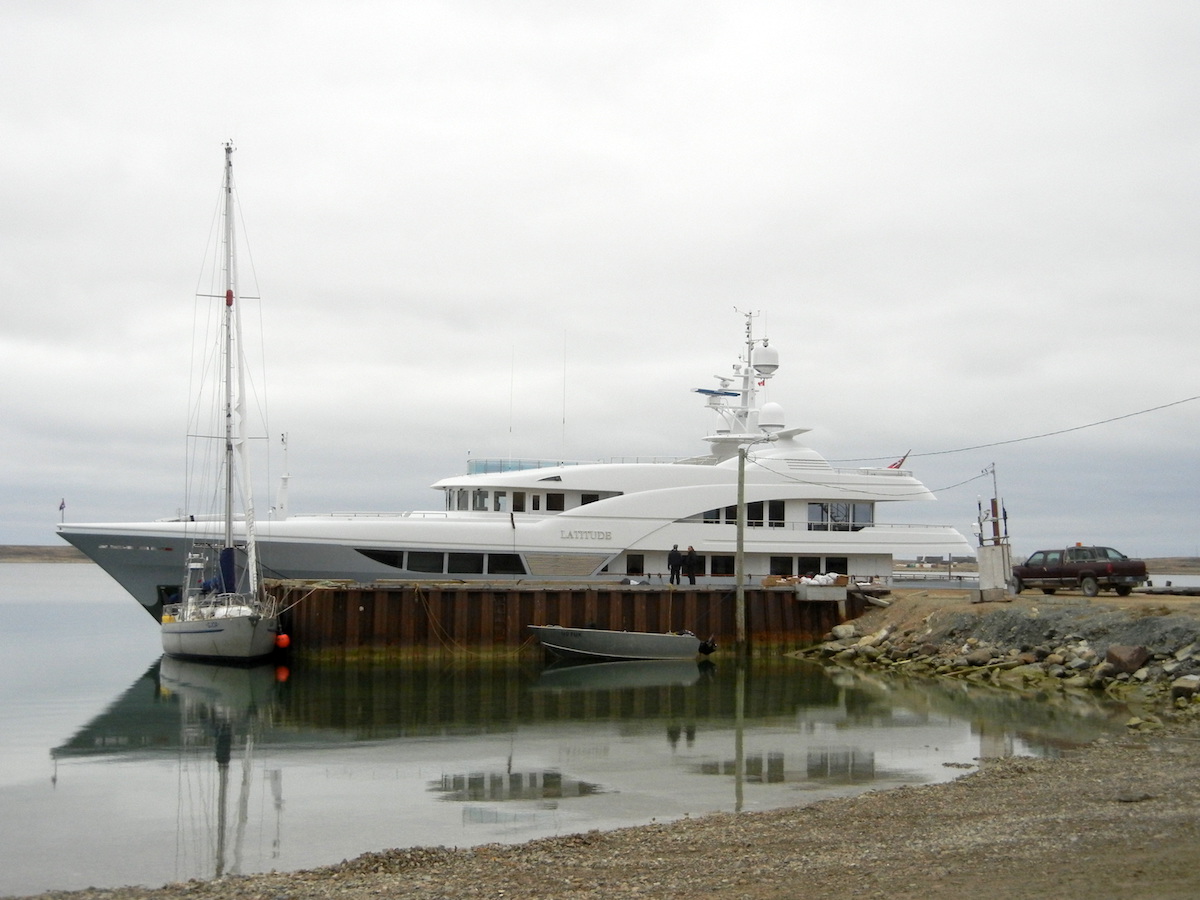Canada moves to bar most pleasure craft from Arctic waters
The restrictions won't apply to local boats, or to foreign vessels.

First cruise ships were banned from Canadian Arctic waters for the 2020 season to prevent the spread of COVID-19.
Now most pleasure craft have also been banned from operating within Canada’s Arctic coastal waters (north of the 60th parallel), as well as in the coastal areas of northern Quebec and Labrador.
Transport Canada defines pleasure craft as a boat, ship or any other watercraft that is used exclusively for pleasure and does not carry passengers or goods for payment.
Canoes, kayaks, sailboats and motorboats are included in this definition.
Marc Garneau, Canada’s minister of transport, said on May 14 that he introduced these measures to reduce the risk of COVID-19 transmission in remote and vulnerable Arctic communities.
“Our government is committed to protecting the health and safety of our Arctic communities, particularly during these challenging times. These new measures add to our efforts to fight COVID-19 and will help limit its transmission,” he said in a news release.
“I thank boaters for refraining from operating within Canada’s Arctic coastal waters and doing their part to help protect our remote and vulnerable communities. We are all in this together.”
These measures will remain in place until “at least” Oct. 31.
These restrictions do not apply to pleasure craft used by local communities, or used for purposes such as essential transportation or subsistence fishing, harvesting and hunting.
The restrictions also don’t apply to foreign pleasure craft exercising their “right of innocent passage” through Canada’s Arctic territorial waters: that is, as defined by the United Nations, their right to enter and pass through another’s territory so long as it is not prejudicial to the peace, good order or security of the other state.
However, individuals travelling aboard these vessels will be required to notify the minister of transport 60 days before arriving in Arctic waters and “may be subject to conditions,” Transport Canada said.
The new measures are intended to allow the Canadian Coast Guard to focus efforts on essential operations including community resupply, icebreaking, environmental response efforts, and search and rescue.
Where boating is allowed, people must continue to take steps to limit the spread of COVID-19, including practicing good hygiene and frequent hand washing and respecting physical-distancing advice, Transport Canada said.
Recreational boaters can also wear a non-medical mask or face covering as an additional measure when physical distancing is not possible in public settings, it said.
Those who do not comply with the prohibitions could be subject to a penalty of $5,000 per day for an individual and $25,000 per day for a corporation.